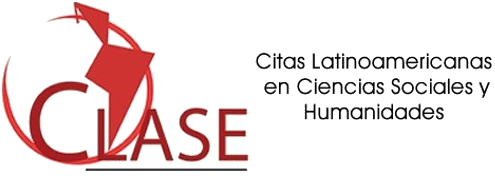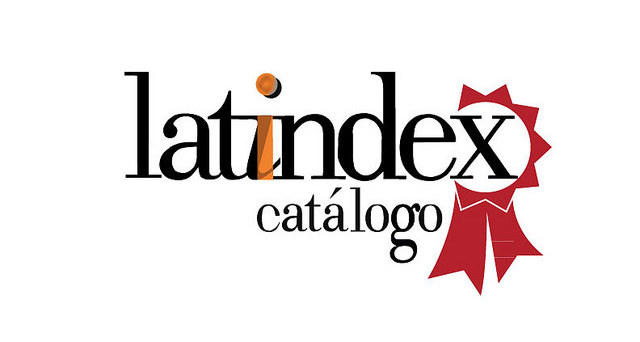Dancing for the Saints during COVID-19: Responses to the 2020 Lockdown in Central Mexico
DOI:
https://doi.org/10.29340/en.v7n14.411Keywords:
devotional dances, Mexico, popular religion, coronavirus lockdown, mediaAbstract
During religious celebrations in the regions of Teotihuacán and Texcoco, northeast of Mexico City, people “dance for a saint,” often to fulfill a promise made after praying for a cure or to give thanks for a favor granted. Based on fieldwork conducted between 2011 and 2019, online interviews, and the tracking of Facebook publications during 2020 and the first months of 2021, this article explores the impact of the coronavirus on devotional dances done during religious celebrations. In particular, it examines the new practices that surfaced during lockdown. Drawing on Jeremy Stolow’s concept of “religion and/as media” (2005), the article demonstrates how during the pandemic, a combination of digital and face-to-face media allowed local Catholic communities to sustain a relationship with their patron saint based on the do ut des principle, “though in a different way.” The conclusions pose several questions about the future of devotional dances and religious celebrations in these regions at the start of the second year of COVID-19 restrictions.
Downloads
References
Adán, Elfego (1910). “Las danzas de Coatetelco”, en Anales del Museo Nacional, vol. 14, núm. 2, pp. 133-194.
Bonfil Batalla, Guillermo (1987). México profundo. Una civilización negada. México: Sep/CIESAS.
Cancian, Frank (1966). Economy and prestige in a Maya community. The religious cargo system in Zinacantan. Stanford: Stanford University Press.
Carrasco, Pedro (1970 [1952]). Tarascan folk religion: An analysis of economic, social and religious interactions. Nueva Orleáns: Tulane University, Middle American Research Institute.
Carrasco, Pedro (1961). “The civil-religious hierarchy in Mesoamerican communities: pre-Hispanic background and colonial development”, American Anthropologist, vol 63, núm. 3, pp. 483-497.
Carrasco, Pedro (1976). El catolicismo popular de los tarascos. México: SepSetentas.
Chance, John K. y William B. Taylor (1985). “Cofradias and cargos: An historical perspective on the Mesoamerican civil-religious hierarchy”, en American Ethnologist. Vol. 12, núm. 1, pp. 1-26.
Christian, William C. (1981). Local religion in sixteenth-century Spain. Princeton: Princeton University Press.
Dehouve, Danièle (2009). La ofrenda sacrificial entre los tlapanecos de Guerrero. México: Centro de Estudios Mexicanos y Centroamericanos.
http://books.openedition.org/cemca/873.
Dehouve, Danièle (2016). La realeza sagrada en México (siglos XVI-XXI) Mexico: Secretaría de Cultura/Instituto Nacional de Antropología e Historia/ El Colegio de Michoacán.
Evans-Pritchard, Edward Evan (1956). Nuer religion. Oxford: Clarendon Press.
Flueckiger, Joyce Burkhalter (2006). In Amma’s healing room: gender and vernacular Islam in South India. Bloomington IN: Indiana University Press.
Gamio, Manuel (1987[1935]). “El nacionalismo y las danzas regionales”, en Manuel Gamio, Hacia un México nuevo. Problemas sociales. México: Instituto Nacional Indigenista, pp. 179-181.
Giménez Montiel, Gilberto (1978). Cultura popular y religión en el Anáhuac. México : Centro de Estudios Ecuménicos.
Hamayon, Roberte (2015). “Du concombre au clic. À propos de quelques variations virtuelles sur le principe de substitution.” ethnographiques.org 30. https://www.ethnographiques. org/2015/Hamayon.
Hine, Christine, ed. (2005). Virtual methods. Issues in social research on the internet. Oxford/Nueva York: Berg.
Hocart, Arthur Maurice (1970). Kings and councillors. An essay in the comparative anatomy of human society. Chicago : The University of Chicago Press.
Isambert, François-André (1982). Le sens du sacré. Fête et religion populaire. París : Éditions de Minuit.
Lanternari, Vittorio y Marie-Louise Letendre (1982). “La religion populaire. Prospective historique et anthropologique”, en Archives de sciences sociales de religions, vol. 53, núm. 1, pp. 121-143.
López Austin, Alfredo (1998). Hombre-dios. Religión y política en el mundo náhuatl. México: Universidad Nacional Autónoma de México.
López Austin, Alfredo (2007). “Ofrenda y comunicación en la tradición religiosa mesoamericana”, en Xavier Noguez y Alfredo López Austin. De Hombres Y Dioses. México: El Colegio Mexiquense/El Colegio de Michoacán, pp. 177-192.
Madsen, William (1967). “Religious syncretism”, en Robert Wauchope y Manning Nash, Handbook of Middle American Indians, vol. 6 Social anthropology, Austin: University of Texas Press, pp. 369-391.
Martínez Galván, Jorge (2023). “‘Cumplir, aunque sea de manera diferente’: expresiones de la devoción en la ‘celebración digital’ del Señor de Gracias en Tepexpan, Estado de México” en Revista Trace, núm. 83, pp. 113-136.
https://www.scielo.org.mx/pdf/trace/n83/2007-2392-trace-83-113.pdf
Mauss, Marcel (1983). “Essai sur le don. Forme et raison de l’échange dans les sociétés archaïques”, en Claude Lévi-Strauss, Sociologie et anthropologie, París: PUF, pp. 145-279.
McGuire, Meredith B. (2008). Lived religion. Faith and practice in everyday life. Nueva York: Oxford University Press.
Mendieta, Fray Gerónimo de (1870). Historia eclesiástica indiana. México: Antigua Librería Portal de Agustinos.
Meyer, Birgit (2015). “Picturing the invisible. Visual culture and the study of religion”, en Method and Theory in the Study of Religion, vol. 27, pp. 333-360.
Norget, Kristin (2021). “Popular-indigenous Catholicism in southern Mexico”, en Religions, vol. 12, núm. 7: 531. https://doi.org/10.3390/rel12070531.
Noriega Hope, Carlos (1979 [1922]). “Apuntes etnográficos”, en Manuel Gamio, La población del Valle de Teotihuacán, vol. 4, México: Instituto Nacional Indigenista, pp. 297-281.
Nutini, Hugo G. (1989). “Sincretismo y aculturación en la mentalidad mágico-religiosa popular mexicana”, en L’Uomo, vol. 11, pp. 85-123.
Orsi, Robert (2012). “Making God’s presence real through Catholic boys and girls”, en Gordon Lynch, Jolyon Mitchell y Anna Strhan Religion, media and culture: A reader, Londres: Routledge, pp. 147-158.
Pink, Sarah, Heather Horst, John Postill, Larissa Hjorth, Tania Lewis, y Jo Tacchi (2016).
Digital Ethnography. Principles and Practice. Los Angeles/London: SAGE.
Ricard, Robert (1947). La conquista espiritual de México. México: Editorial Jus.
Robichaux, David (2007). “Identidades indefinidas: entre ‘indio’ y ‘mestizo’ en México y América Latina.” Cahiers Amérique Latine Histoire & Mémoire ALHIM 13. https://doi.or g/10.4000/alhim.1753.
Robichaux, David (2023). “Las danzas en los primeros pasos de la antropología” Revista Trace, núm. 83, pp. 53-80. 2007-2392-trace-83-53.pdf (scielo.org.mx)
Robichaux, David (2024). “La comunidad ‘corporada’ cerrada en el México pos-indígena: desindianización y el destino de las exrepúblicas de indios en el siglo XXI” Revista RUNA, Vol. 45, núm. 1. DOI: https://doi.org/10.34096/runa.v45i1.14262
Robichaux, David y José Manuel Moreno Carvallo (2019). “El Divino Rostro y la danza de Santiagos en el Acolhuacan Septentrional: ¿IXIPTLA en el siglo XXI?” Revista Trace, núm. 76 (Julio), pp. 21-47. 2007-2392-trace-76-21.pdf (scielo.org.mx)
Robichaux, David, Danièle Dehouve y Juan González Morales (2023). “Un nuevo texto náhuatl de la danza de los Santiagos: tras los pasos de Fernando Horcasitas en el Acolhuacan Septentrional y el Valle de Teotihuacán”, en Estudios de Cultura Náhuatl, vol. 66 (junio), pp. 171-250. https://nahuatl.historicas.unam.mx/index.php/ecn/article/view/78144
Robichaux, David, José Manuel Moreno Carvallo, y Jorge Antonio Martínez Galván (2021). “Las danzas como ‘exvotos corporales’: promesas individuales y sus dimensiones colectivas en las regiones de Texcoco y Teotihuacán.” en L’exvoto ou les métamorphoses du don/El exvoto o las metamorfosis del don, editado por Caroline Perrée, 221-53. México: CEMCA. https://tienda.cemca.org.mx/producto/el-exvoto-o-las-metamorfosis- del-don- 9782111627147/.
Siméon, Rémi (2010). Diccionario de la lengua náhuatl o mexicana. México: Siglo XXI.
Stolow, Jeremy (2005). “Religion and/as Media”, en Theory, Culture & Society, vol. 22, núm. 4, pp.119-145.
Vrijhof, Pieter H. (1979). “Official and popular religion in 20th-century western religion”, en Pieter H. Vrijhof and Jacques Waardenburg, Official and Popular Religion: Analysis of a Theme for Religious Studies, The Hague: Walter de Gruyter, pp. 217-243.
Wolf, Eric R. (1957). “Closed Corporate Peasant Communities in Mesoamerica and Java”, Southwestern Journal of Anthropology, vol. 13, núm. 1, pp 1-18.
Wolf, Eric. R. (1958). “The Virgin of Guadalupe: A Mexican National Symbol.” The Journal of American Folklore 71 (279): 34-39.
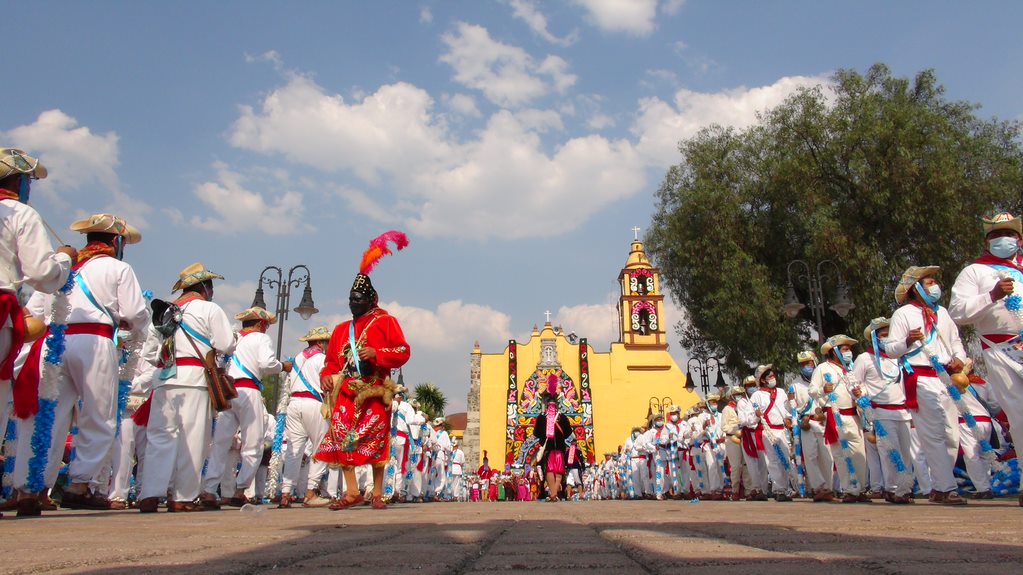
Downloads
Published
Issue
Section
License
Copyright (c) 2024 Encartes

This work is licensed under a Creative Commons Attribution-NonCommercial 4.0 International License.
Aviso de derechos de autor
- Los autores/as conservan los derechos de autor y ceden a la revista el derecho a la primera publicación con el trabajo registrado con la licencia de atribución Creative Commons, que permite a terceros utilizar lo publicado siempre que mencionen la autoría del trabajo y a la primera publicación en esta revista
- Los autores/as pueden realizar otros acuerdos contractuales independientes y adicionales para la distribución no exclusiva de la versión del artículo publicado en esta revista (por ej. Incluirlo en un repositorio institucional o publicarlo en un libro) siempre que indiquen claramente que el trabajo se publicó por primera vez en esta revista.
El material puede ser copiado, distribuido, comunicado, ejecutado públicamente. Se pueden hacer obras derivadas de él. No se puede utilizar para fines comerciales. Se debe reconocer y citar la obra de la forma en que tú especifiques.

